Top 10 Weird Football Rules You Didn't Know Existed - In Pics
Football is a game rich in tradition and regulation, but even the most ardent fans might be surprised by some of its lesser-known rules. From quirky stipulations to unusual regulations, the world of football is full of oddities that can baffle even the seasoned spectator. In this listicle, we uncover the top 10 weird football rules you probably didn't know existed, shedding light on the quirks and intricacies that govern the beautiful game. Buckle up and prepare to be amazed by these fascinating football rules!
No Offside Rule for Throw-Ins, Goal Kicks, and Corners
)
During these set-piece moments, there's no offside offense even if a player receives the ball directly from them. This allows strategic play without the usual offside restrictions.
Minimum 7 Players Rule
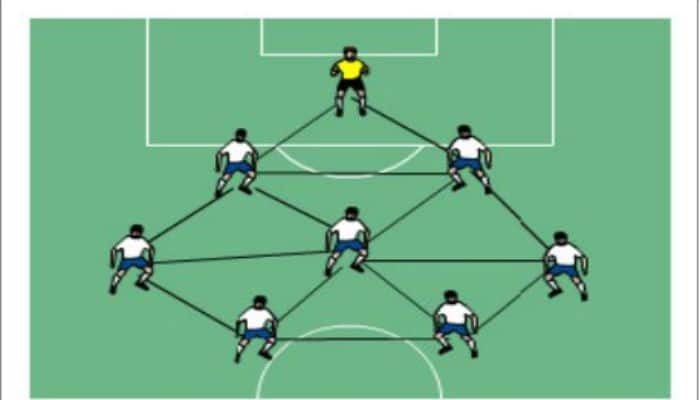
A match requires a minimum of seven players per team to start or continue. Exceeding four red cards for one team stops the match, as they can't field the required number of players.
Equal Players in Penalty Shoot-Outs
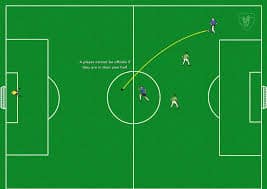
In penalty shoot-outs, both teams must have an equal number of players to take penalties. If a team has fewer players due to earlier send-offs, they face a strategic disadvantage.
No Offside in Own Half

An offside offense doesn't apply if a player receives the ball in their own half, encouraging defensive strategies without penalizing teams unfairly.
Goalkeepers' Attire Regulations
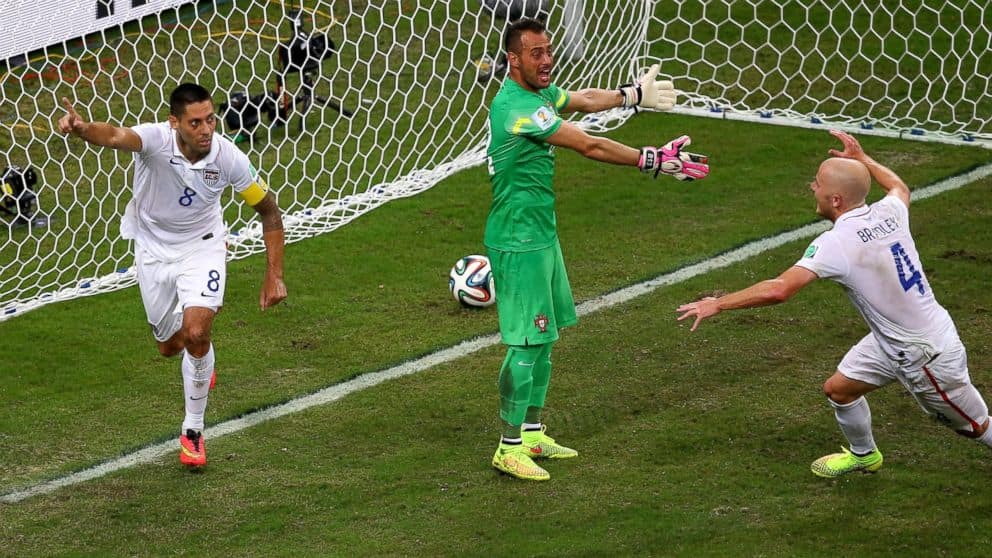
While goalkeepers can wear tracksuit bottoms, outfield players cannot. This rule ensures uniformity on the field while allowing flexibility for goalkeepers' comfort.
Pre-Match Player Sent-Off Rule
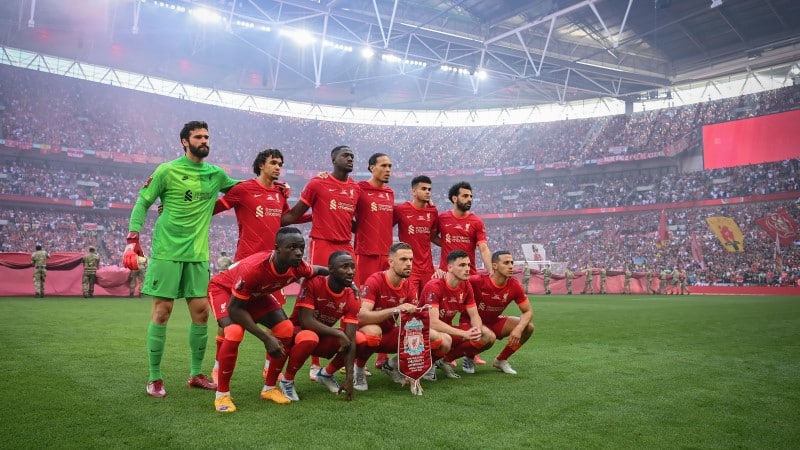
A player can be sent off before a match starts, affecting team strategy and substituting options based on the timing of the incident.
Six Seconds Holding Rule for Goalkeepers

Goalkeepers can only hold the ball for six seconds. This rule prevents time-wasting tactics and ensures continuous play during matches.
Attacker Distance from Defensive Wall
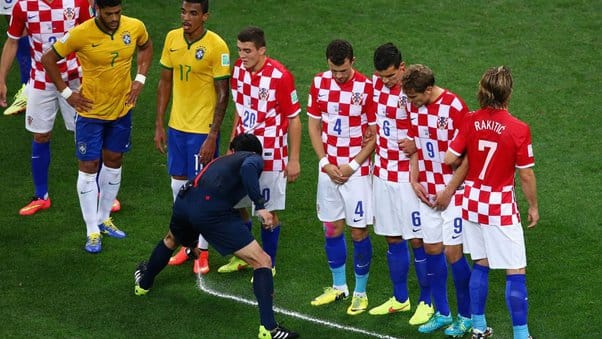
During free-kicks, attackers must maintain a distance from the defensive wall to prevent interference, ensuring fair play and strategic free-kick executions.
Penalty Kicker's Rebound Restriction
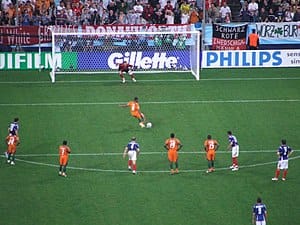
After taking a penalty kick, the kicker cannot score from the rebound unless the ball touches another player, ensuring fair play and goalkeeper engagement.
Direct Free-Kick into Own Goal Rule
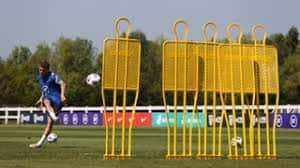
A direct free-kick scored into a team's own goal results in a corner kick for the opposing team, promoting strategic play and fair outcomes.
Trending Photos








